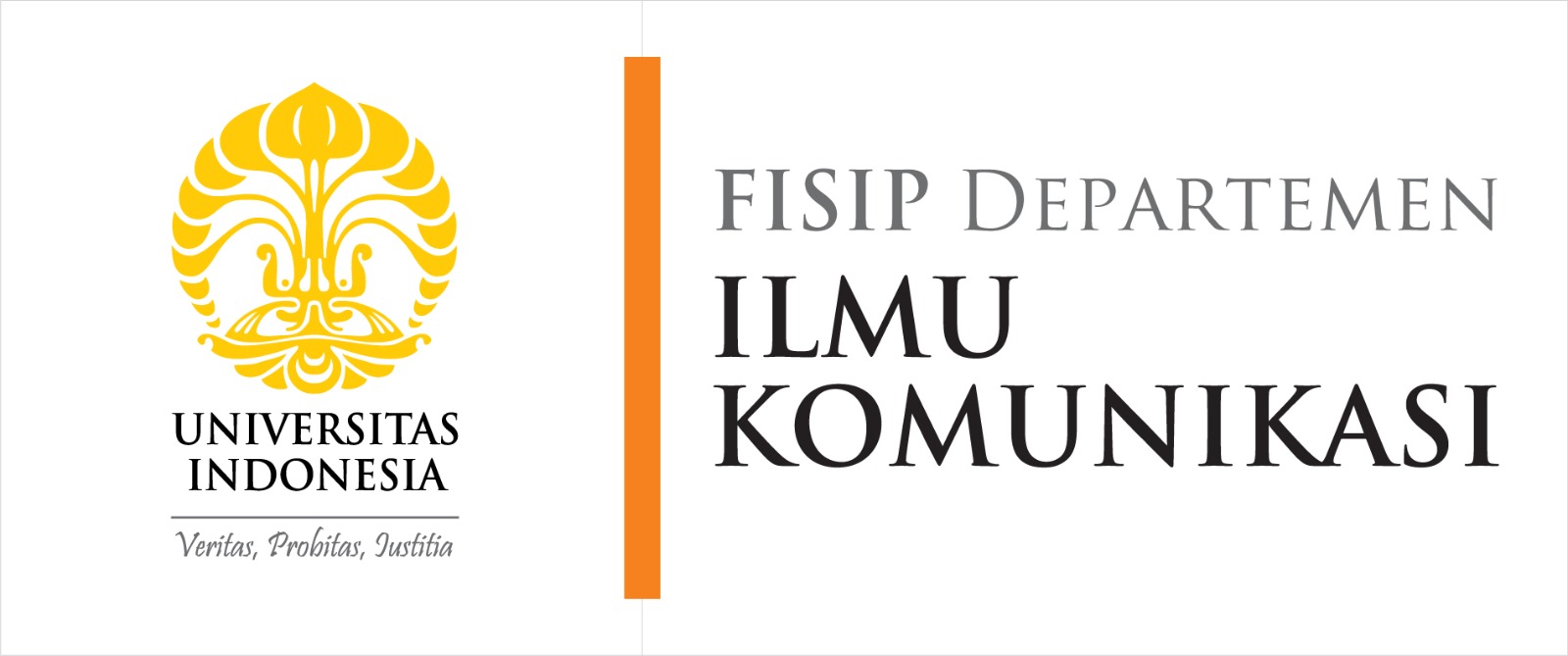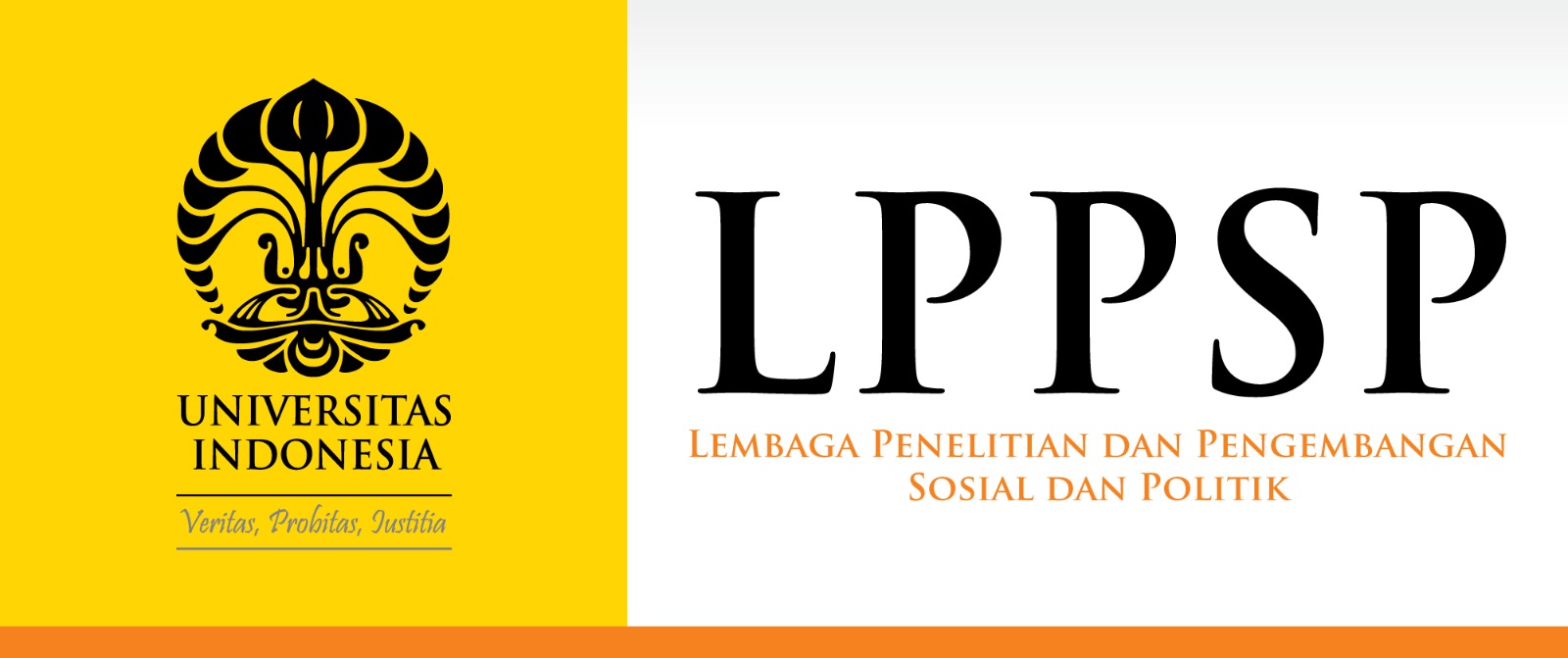JURNAL KOMUNIKASI INDONESIA
Abstract
In the context of disasters, the mass media is one of the main sources of information for the community. Mass media, as a communication channel, can be utilized as a disaster management system to mitigate the impact of disaster risk. However, disaster events are often treated as commodities by the mass media to attract audience attention. This study analyzes the agenda-setting and sentiment of disaster news coverage by national online media in Indonesia. It uses the Agenda-Setting Theory of McCombs and Shaw to explore how media agenda-setting relates to disaster issues. This research employs a descriptive quantitative approach using sentiment analysis. Data collection is conducted through text mining. The study results show that disaster news by online media in Indonesia is presented with various sentiments: positive, neutral, and negative. The agenda-setting of disaster news coverage across different online media portals in Indonesia is also quite diverse.
Bahasa Abstract
Dalam konteks bencana, media massa merupakan salah satu sumber informasi utama yang menjadi rujukan masyarakat. Media massa sebagai saluran komunikasi dapat digunakan sebagai sistem manajemen bencana untuk mengurangi dampak risiko bencana. Namun, peristiwa bencana hanya menjadi komoditas bagi media massa untuk menarik perhatian khalayak. Penelitian ini menganalisis agenda-setting dan sentimen pemberitaan bencana oleh media online nasional di Indonesia. Penelitian ini menggunakan teori agenda-setting dari McCombs dan Shaw, yaitu bagaimana agenda-setting media terkait isu bencana. Jenis penelitian yang digunakan adalah deskriptif kuantitatif dengan menggunakan analisis sentimen. Pengumpulan data dilakukan dengan cara menarik data berupa teks atau biasa disebut text mining. Hasil penelitian menunjukkan bahwa pemberitaan bencana oleh media online di Indonesia dibuat dalam berbagai sentimen. Baik yang bersifat positif, netral, maupun negatif. Penyusunan agenda pemberitaan bencana pada setiap portal media online di Indonesia juga cukup beragam.
References
Agarwal, S. (2014). Data mining: Data mining concepts and techniques. Proceedings of the 2013 International Conference on Machine Intelligence Research and Advancement, Katra, India, 203-207. https://doi.org/10.1109/ICMIRA.2013.45
Bakhtiar, R. M., Sjafirah, N. A., & Herawati, M. (2019). Sensitivitas Gender Media Online Detik.com. Jurnal Kajian Jurnalisme, 3(1), 77. https://doi.org/10.24198/jkj.v3i1.22852
Cahyono, Y. (2017). Analisis Sentiment pada Sosial Media Twitter Menggunakan Naїve Bayes Classifier dengan Feature Selection Particle Swarm Optimization dan Term Frequency. Jurnal Informatika Universitas Pamulang, 2(1), 14. https://doi.org/10.32493/informatika.v2i1.1500
Conway, B. A., Kenski, K., & Wang, D. (2015). The Rise of Twitter in the Political Campaign: Searching for Intermedia Agenda-Setting Effects in the Presidential Primary. Journal of Computer-Mediated Communication, 20(4), 363–380. https://doi.org/10.1111/jcc4.12124
Gilardi, F., Gessler, T., Kubli, M., & Müller, S. (2022). Social Media and Political Agenda Setting. Political Communication, 39(1), 39-60. https://doi.org/10.1080/10584609.2021.1910390
Hallahan, K. (1999). Seven Models of Framing: Implications for Public Relations. Journal of Public Relations Research, 11(3), 205-242. https://doi.org/10.1207/s1532754xjprr1103_02
Idid, S. A. (2017). Agenda setting: Probing the issues during the 13th general election. Jurnal Komunikasi: Malaysian Journal of Communication, 33(2), 1–12. https://doi.org/10.17576/jkmjc-2017-3302-01
Indainanto, Y. I. (2021). Masa Depan Media Massa Di Era Digital. Jurnal Ilmiah Muqoddimah: Jurnal Ilmu Sosial, Politik dan Humaniora, 5(1), 24-37 https://doi.org/10.31604/jim.v5i1.2021.24-37
Juditha, C. (2019). Comparison of SARA Issues Sentiment between Online News Portal and Social Media Towards the 2019 Election. Journal Pekommas, 4(1), 61-74. https://doi.org/10.30818/jpkm.2019.2040107
Kim, S.-H, Scheufele, D. A., & Shanahan, J. (2002). Think about it This Way: Attribute Agenda-Setting Function of the Press and the Public’s Evaluation of a Local Issue. Journalism and Mass Communication Quarterly, 79(1), 7-25 https://doi.org/10.1177/107769900207900102
Littlejohn, S. W. & Foss, K. A. (2009). Theories of human communication (9th ed). Belmont, Calif.: Thomson/Wadsworth
Maghvira, G. (2017). Analisis Wacana Kritis pada Pemberitaan TEMPO.CO tentang Kematian Taruna STIP JAKARTA. Jurnal The Messenger, 9(2), 120. https://doi.org/10.26623/themessenger.v9i2.463
Mardliyah, A. (2018). Fenomena Clickbait di Tribunnews.com Ditinjau dari Kode Etik Jurnalistik Indonesia Periode Maret 2018. Jurnal Heritage, 6(1), 20–28. https://doi.org/10.35891/heritage.v6i1.1563
McCombs, M. E. & Shaw, D. L. (1993). The evolution of agenda-setting research: twenty-five years in the marketplace of ideas. Journal of Communication. 43(2), 58-67. https://doi.org/10.1111/j.1460-2466.1993.tb01262.x
McCombs, M. E., Shaw, D. L., & Weaver, D. H. (2014). New Directions in Agenda-Setting Theory and Research. Mass Communication and Society, 17(6), 781–802. https://doi.org/10.1080/15205436.2014.964871
McQuail D. 1992. Media performance: mass communication and the public interest. London(UK): Sage Publication
Nurhayati, M. (2021). Kebijakan Pemberitaan Kantor Berita Antara Di Era Konvergensi Media. Wacana: Jurnal Ilmiah Ilmu Komunikasi, 20(2), 242–254. https://doi.org/10.32509/wacana.v20i2.1723
Pang, B., & Lee, L. (2008). Opinion Mining and Sentiment Analysis. Foundations Opinion Mining and Sentiment Analysis. Foundations and Trends® in Information Retrieval, 2(1–2), 1–135. https://doi.org/10.1561/1500000011]
Panuju, R. (2018). Etika Jurnalistik dan Jurnalisme Bencana pada Pemberitaan Gunung Agung di Portal Berita Balipost.com. Jurnal Ilmu Komunikasi, 15(2), 219–232. https://doi.org/10.24002/jik.v15i2.1455
Primayanti. (2015). Kajian Manajemen Produksi Pemberitaan PSO Bidang Pers Oleh LKBN Antara. Jurnal Visi Komunikasi, 14(01), 75–89.
Puspita, D., & Pranoto, B. E. (2021). The Attitude of Japanese Newspapers in Narrating Disaster Events: Appraisal in Critical Discourse Study. Studies in English Language and Education, 8(2), 796–817. https://doi.org/10.24815/siele.v8i2.18368
Ragas, M. W., Tran, H. L., & Martin, J. A. (2014). Media-Induced or Search-Driven? A Study of Online Agenda-Setting Effects during the BP Oil Disaster. Journalism Studies, 15(1), 48–63. https://doi.org/10.1080/1461670X.2013.793509
Rashi, T., & McCombs, M. (2015). Agenda Setting, Religion and New Media: The Chabad Case Study. The Journal of Religion, Media and Digital Culture, 4(1), 126–145. https://doi.org/10.1163/21659214-90000103
Rezaldi, M. Y., Kadir, R. A., Ijab, M. T., & Ahmad, A. (2020). Disaster Information Media in ASEAN Countries: A Paired Comparison Method. Jurnal Komunikasi: Malaysian Journal of Communication, 36(1), 334–355. https://doi.org/10.17576/JKMJC-2020-3601-19
Rogstad, I. (2016). Is twitter just rehashing? Intermedia agenda setting between Twitter and mainstream media. Journal of Information Technology & Politics, 13(2), 1–17. https://doi.org/10.1080/19331681.2016.1160263
Rozi, I. F., Pramono, S. H., & Dahlan, E. A. (2012). Implementasi opinion mining (analisis sentimen) untuk ekstraksi data opini publik pada perguruan tinggi. Jurnal EECCIS (Electrics, Electronics, Communications, Controls, Informatics, Systems), 6(1), 37-43. https://doi.org/10.21776/jeeccis.v6i1.164
Russell Neuman, W., Guggenheim, L., Mo Jang, S., & Bae, S. Y. (2014). The Dynamics of Public Attention: Agenda-Setting Theory Meets Big Data. Journal of Communication, 64(2), 193–214. https://doi.org/10.1111/jcom.12088
Santia, M., Pingree, R. J., Bryanov, K., & Watson, B. K. (2022). Agenda Setting by News and by the Audience in a News Portal Panel Experiment. Mass Communication and Society, 25(4), 554-577. https://doi.org/10.1080/15205436.2021.1999477
Sukmono, F. G., & Junaedi, F. (2018). Jurnalisme Sensitif Bencana dalam Manajemen Pencarian, Pengelolaan Informasi dan Pemberitaan Bencana di Ruang Redaksi. Jurnal ASPIKOM, 3(4), 712-721. https://doi.org/10.24329/aspikom.v3i4.185
Sukmono, F. G., Junaedi, F., Fadilla, Q. Y., Loilatu, M. J., & Fadillah, D. (2023). News about the Sunda Strait Tsunami Disaster: From the Selection of News Sources to the Production Process. Studies in Media and Communication, 11(4), 10–18. https://doi.org/10.11114/SMC.V11I4.6002
Sukmono, F. G., & Junedi, F. (2018). Menggagas Jurnalisme Optimis dalam Pemberitaan tentang Bencana. Jurnal Ilmu Komunikasi, 15(1), 107–119. https://doi.org/10.24002/jik.v15i1.882
Takahashi, B., & Zhang, Q. (2023). Place in Disaster Coverage: Newspaper Coverage of Hurricane Maria in Puerto Rico. Journalism Practice, 1-19. https://doi.org/10.1080/17512786.2023.2190150
Wardyaningrum, D. (2022). News Framing about Physical Construction in Jakarta Flood Management. Jurnal ASPIKOM, 7(1), 158-172. https://doi.org/10.24329/aspikom.v7i1.1046
Widyastuti, D. A. R. (2021). Using New Media and Social Media in Disaster Communication. Komunikator, 13(2), 100–111. https://doi.org/10.18196/jkm.12074
Williamson, R. (2019). Authenticity in Newspaper Coverage of Political Leaders’ Responses to Disaster: A Historical Study. Journalism Studies, 20(11), 1511-1527. https://doi.org/10.1080/1461670X.2018.1527712
Yun, G. W., Morin, D., Park, S., Joa, C. Y., Labbe, B., Lim, J., Lee,S., & Hyun, D. (2016). Social media and flu: Media Twitter accounts as agenda setters. International Journal of Medical Informatics, 91,67–73. https://doi.org/10.1016/j.ijmedinf.2016.04.009
Zhou, S., Kim, Y., Luo, Y., & Qiao, F. (2016). Is the agenda set? State of agenda-setting research in China and Korea. Asian Journal of Communication, 26(6), 566–582. https://doi.org/10.1080/01292986.2016.1231209
Recommended Citation
Rasyid, Erwin; Saharuddin, Erni; and Rohmadani, Zahro Varisna
(2024)
"Disaster Reporting in Indonesian National Online Media: Agenda Setting and Sentiment Analysis,"
JURNAL KOMUNIKASI INDONESIA: Vol. 13:
No.
2, Article 4.
DOI: 10.7454/jkmi.v13i2.1241
Available at:
https://scholarhub.ui.ac.id/jkmi/vol13/iss2/4
Included in
Gender, Race, Sexuality, and Ethnicity in Communication Commons, International and Intercultural Communication Commons, Social Influence and Political Communication Commons




